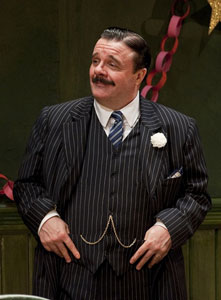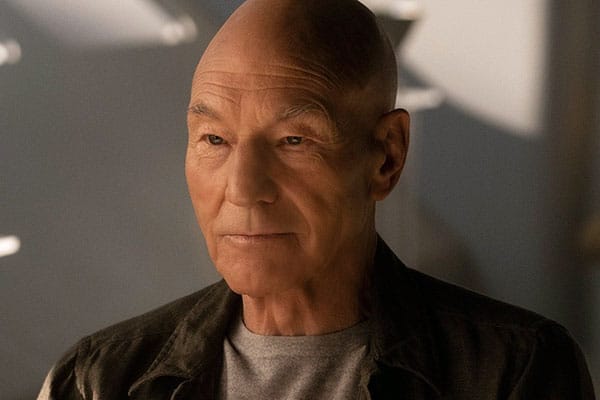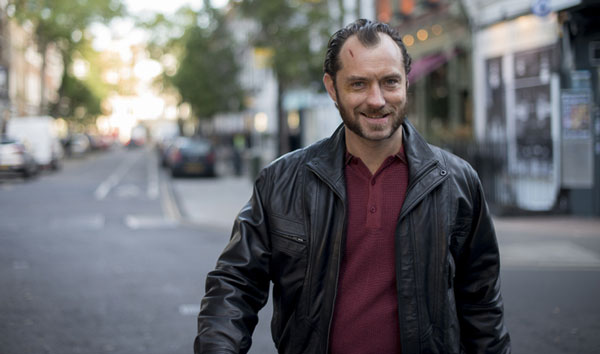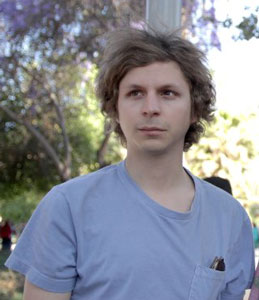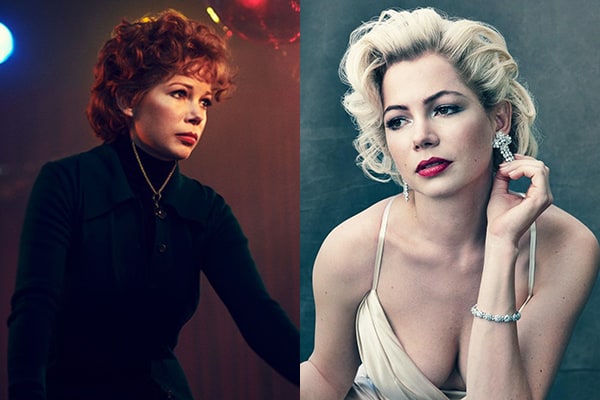
“How can I capture enough of their essence to lend the feeling and the aura that was them while still being contained in this body and face of mine?” – Michelle Williams on Playing Real-life Characters
Oscar-nominated actress Michelle Williams rarely aims for the “safe” roles, including her performance as Tony Award-winner actress and dancer Gwen Verdon, who was married to legendary director/choreographer Bob Fosse and was one of the subjects of the recent FX series Fosse/Verdon. Speaking with IndieWire, Williams explains how she captures portraying real-life figures like Verdon.
With Williams slated to portray Janis Joplin in a biopic, her record of portraying iconic real-life figures in films continues to grow. In the interview, Williams points out that she has a history of portraying historical performers, such as playing Marilyn Monroe in My Weekend with Marilyn, and that, because she does not look like those individuals, that she needs to be able to capture their persona in a different way in order to portray them. She explains:
“When I played Marilyn [Monroe], I started embarking on this work of figuring out exactly, as you said, how to capture somebody’s essence. I’m always going to be inhibited by the fact that I don’t look exactly like Marilyn Monroe or Gwen Verdon. So how can I capture enough of their essence to lend the feeling and the aura that was them while still being contained in this body and face of mine? So they are different works. They both have material to work with. They both have scripts and plots and words, but one is like a figment of your imagination, and the other is the essence of a historical person who walked the earth, and all of the research that goes into that combines with your imagination of how they might behave in given circumstances. I don’t want to sound too out there, but it’s a little like trying to tap into somebody’s spirit.”
To help her get into character in Fosse/Verdon, Williams observed as much archive material of Verdon as possible. She says:
“Luckily, something that’s really helpful when you’re playing a person who existed is that there is this footage. So I really clung to a few pieces of archival material about how Gwen aged and how it changed her body and her voice and her gestures. I started to just break it down really technically, and the thing that I loved about playing her as she got older is that as she aged, it’s not like she became down and drawn and harsh. I thought of her as a sunflower… With that, I just started to notice these things that were really her and if I could lean into them, they would make me feel like her. I also thought of her as working in contradiction with her age. She got lighter and airier and a little bit daffier, the older that she got. She lost a kind of groundedness or practicality. She just became more and more.”

